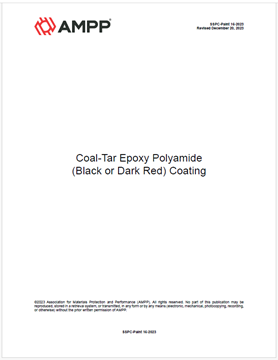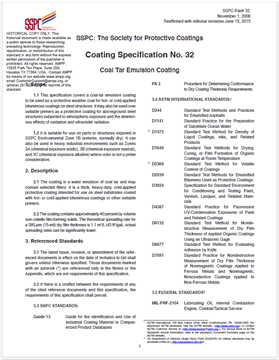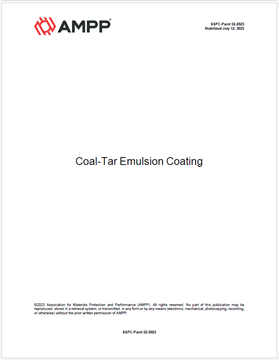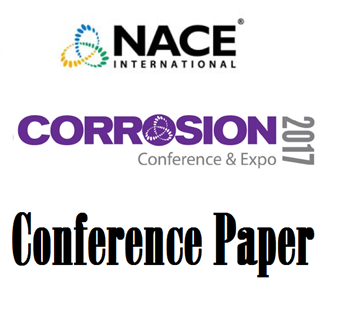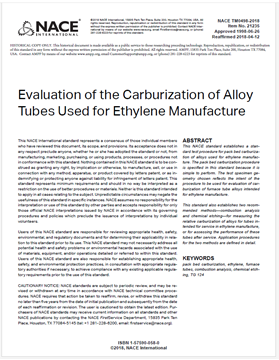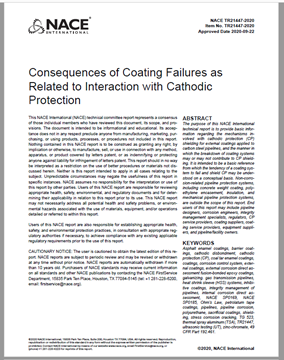Search
Petroleum Refining
View as
Sort by
Display
per page
SP0407-2018-SG, Format, Content, and Guidelines for Developing a Materials Selection Diagram
Product Number:
21123-SG
ISBN:
1-57590-212-5
Publication Date:
2018
$109.00
SP0407-HD2013-SG, Format, Content, and Guidelines for Developing a Materials Selection Diagram
Product Number:
21123-HD2013
ISBN:
1-57590-212-5
Publication Date:
2013
$179.00
SP0472-2020, Methods and Controls to Prevent In-Service Environmental Cracking of Carbon Steel Weldments in Corrosive Petroleum Refining Environments
Product Number:
SP0472-2020
ISBN:
1-57590-114-5
Publication Date:
2020
$109.00
SP0491-2012-SG Worksheet for the Selection of Oilfield Nonmetallic Seal Systems
Product Number:
21051-SG
ISBN:
1-57590-169-2
Publication Date:
2012
$109.00
SSPC-Paint 16-2023, Coal-Tar Epoxy Polyamide (Black or Dark Red) Coating
Product Number:
SSPC-Paint 16-2023
Publication Date:
2023
$109.00
SSPC-Paint 32-2015, Coal Tar Emulsion Coating
Product Number:
SSPC-Paint 32-2015
Publication Date:
2015
$179.00
SSPC-Paint 32-2023, Coal-Tar Emulsion Coating
Product Number:
SSPC-Paint 32-2023
Publication Date:
2023
$109.00
Stress Corrosion Cracking of Austenitic Grade 347 and Duplex Grade 2205 Stainless Steels in Refinery Simulated Media Containing Hydrogen Sulfide and Chloride
Product Number:
51320-14406-SG
Publication Date:
2020
$20.00
Thin Sol-Gel Coatings for Fouling Mitigation in Heat Exchangers
Product Number:
51317--9168-SG
ISBN:
9168 2017 CP
Publication Date:
2017
$20.00
TM0498-2018, Evaluation of the Carburization of Alloy Tubes Used for Ethylene Manufacture
Product Number:
21235-SG
Publication Date:
2018
$179.00
TM0498-HD2014-SG Evaluation of the Carburization of Alloy Tubes Used for Ethylene Manufacture-HD2014
Product Number:
21235-HD2014
Publication Date:
2014
$179.00
TR21447-2020, Consequences of Coating Failures as Related to Interaction with Cathodic Protection
Product Number:
TR21447-2020
Publication Date:
2020
$109.00





